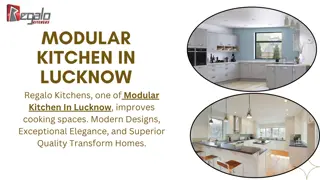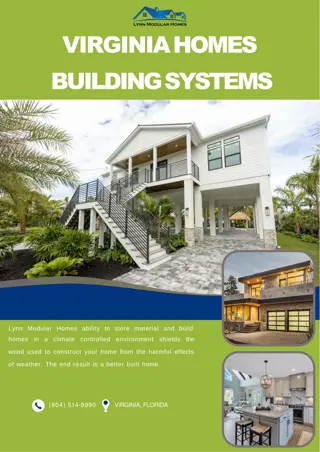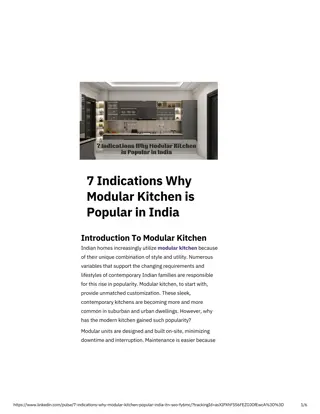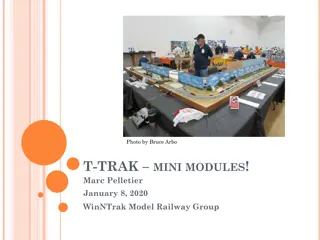Modular Construction of Minor Bridges: A Detailed Process Overview
This schema outlines the steps involved in the modular construction of minor bridges, from geotechnical analysis to finalizing the bridge design. It provides insights into the process, application details, and how it works, targeting designers, constructors, onsite engineers, and design approving authorities. Future updates include cloud-based storage and machine learning for optimization.
Download Presentation

Please find below an Image/Link to download the presentation.
The content on the website is provided AS IS for your information and personal use only. It may not be sold, licensed, or shared on other websites without obtaining consent from the author. Download presentation by click this link. If you encounter any issues during the download, it is possible that the publisher has removed the file from their server.
E N D
Presentation Transcript
SCHEMA FOR MODULAR CONSTRUCTION OF MINOR BRIDGES Ministry of Road Transport & Highways
ABOUT THE STATEMENT Schema for modular construction of minor bridges.
PROCESS INVOLVES Geotechnical analysis. Local Conditions. Topographical survey. Rough sketch of the design. Final sketch Calculations Approval from authorities Finalizing bridge design
PROCESS INVOLVES Geotechnical analysis. Local Conditions. Topographical survey. Rough sketch of the design. Final sketch Calculations Approval from authorities Finalizing bridge design
ABOUT THE APPLICATION Takes all necessary inputs required for generation of design. Diagrammatic designs. Provides quantity of material required(steel bars, cement bags, etc.) Cost estimation. Modular Designing: Part by part design of every part of bridge with measurements. Calculations based on IRC and IS guidelines. Easy to use and understand.
HOW IT WORKS ? Initial details like geotechnical information. Select the part of the bridge for which the design is required. Details related to that part of the bridge. Internal Calculations. Result (diagram) generation.
AUDIENCE/USERS Designers. Constructors/Builders. Onsite Engineers. Design approving authorities.
FUTURE UPDATES Cloud based storage of results. Machine learning for optimization and design predictions.


























